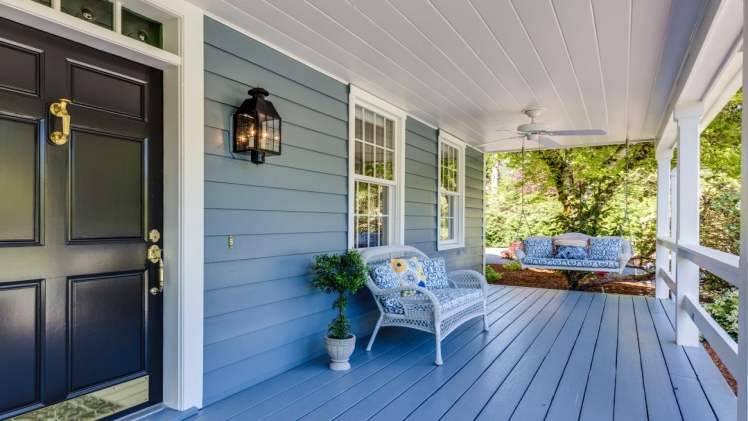The global shift toward remote work has not only transformed the way we work but has also significantly influenced our housing preferences and trends. As more individuals and companies embrace flexible work arrangements, the demand for homes that cater to remote work needs has surged. In this article, we’ll explore the multifaceted impact of remote work on housing preferences, shedding light on the emerging trends shaping the real estate landscape.
1. The Rise of Home Offices
With the advent of remote work, the traditional concept of a home office has evolved from a nice-to-have to a must-have. Dedicated workspaces have become a top priority for homebuyers and renters alike. The demand for properties with designated offices or the potential for easy conversion into a home office has skyrocketed. This shift underscores the importance of a comfortable and functional workspace within the home environment.
2. Flexible Floor Plans
The need for versatility in housing has led to an increased demand for flexible floor plans. Homebuyers now seek properties with adaptable spaces that can serve multiple purposes, such as converting a bedroom into a part-time office or setting up a workspace in a living area. This flexibility accommodates the dynamic nature of remote work and allows homeowners to tailor their living spaces to meet evolving needs.
3. Suburban Resurgence
The allure of city living has waned for some remote workers who no longer need to be tethered to a physical office. Instead, there has been a notable resurgence in suburban and rural areas. The appeal of more space, larger homes, and a quieter lifestyle has drawn remote workers away from densely populated urban centers. This shift has not only impacted housing preferences but has also revitalized suburban real estate markets.
4. Outdoor Amenities and Nature Proximity
Remote workers are increasingly prioritizing access to outdoor spaces and nature. Homes with private yards, balconies, or proximity to parks and nature trails are highly sought after. The desire for a connection to nature reflects a shift in lifestyle preferences, as remote workers look for ways to balance work responsibilities with the benefits of a natural environment.
5. Technological Infrastructure
In addition to physical changes in housing preferences, there’s a growing emphasis on technological infrastructure. Reliable high-speed internet has become a non-negotiable for remote workers, influencing decisions about where to live. Properties in areas with robust digital connectivity are more attractive to those who depend on seamless virtual communication for work.
6. The Decline of Commute Proximity
The need to be close to the office has traditionally been a key factor in housing decisions. However, as remote work becomes more prevalent, the importance of proximity to the workplace has diminished. Commute times are no longer a primary consideration for many homebuyers, allowing for greater geographic flexibility in choosing a place to live.
7. Emphasis on Health and Well-being
The increased time spent at home has prompted a heightened focus on health and well-being. Homebuyers are seeking properties that offer amenities conducive to a healthy lifestyle, such as access to walking or biking trails, fitness spaces, and green areas. This reflects a holistic approach to housing that goes beyond the immediate work requirements and encompasses overall well-being.
8. Co-Living and Co-Working Spaces
For those who value a sense of community and social interaction in their remote work lifestyle, co-living and co-working spaces have gained popularity. These shared living arrangements provide a middle ground between the isolation of working from home and the traditional office environment. This trend is reshaping the housing landscape, offering alternative options for remote workers seeking a collaborative living and working experience.
Conclusion
The impact of remote work on housing preferences is profound and multifaceted. As the way we work continues to evolve, so too will our expectations for our living spaces. The trends outlined above reflect a fundamental shift in priorities, with an increasing emphasis on flexibility, functionality, and a holistic approach to the home environment. For those in the real estate industry, understanding and adapting to these changes will be essential in meeting the evolving needs of a workforce that is no longer bound by the traditional constraints of office-based employment. As remote work becomes a long-term reality for many, the intersection of work and living spaces will continue to shape the future of the housing market.
Also Read: Navigating the Competitive Housing Market: Tips for Buyers

